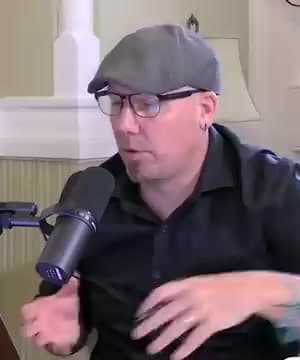How can we repair DNA damage?
Sources:
Repairing DNA damage involves several mechanisms and lifestyle considerations, as discussed by various experts:
Mechanisms of DNA Repair
-
Thymine Dimer Repair:
- UV light can cause adjacent thymine bases in DNA to fuse, creating thymine dimers which distort the DNA structure, making it hard for enzymes to read and copy. Cells repair this by cutting out the damaged section and replacing it with new DNA 1.
-
Non-Homologous End Joining (NHEJ):
- For double-strand breaks, cells often use NHEJ, a quick fix where enzymes recognize the broken ends, align them, and ligate them back together 2.
-
Homologous Recombination:
- This more accurate process uses a homologous chromosome as a template to repair the break, ensuring that the DNA is correctly restored 2.
-
Mismatch Repair:
- After DNA synthesis, any mismatches are identified by specific enzymes that excise a segment of the DNA strand and resynthesize it correctly 3.
-
Base Excision Repair:
- This involves removing a single damaged nucleotide and filling in the gap with the correct base, a simpler but effective mechanism for repairing individual base damages 3.
Health Strategies to Support DNA Repair
-
Dietary Interventions:
- Consuming foods rich in antioxidants can support DNA repair. For example, kiwis can enhance DNA's ability to repair itself, reducing damage by 60% with just one kiwi a day, and expediting repair by 60% with three kiwis daily 4.
-
Protective Measures:
- Limiting exposure to UV radiation, avoiding excessive X-rays and CT scans, and reducing contact with harmful chemicals (e.g., certain plastics) are crucial in minimizing DNA damage 5.
-
Stem Cell Therapy & Gene Therapy:
These insights highlight how a combination of cellular mechanisms and lifestyle choices play a vital role in maintaining and repairing DNA, contributing to overall health and longevity.
RELATED QUESTIONS-
